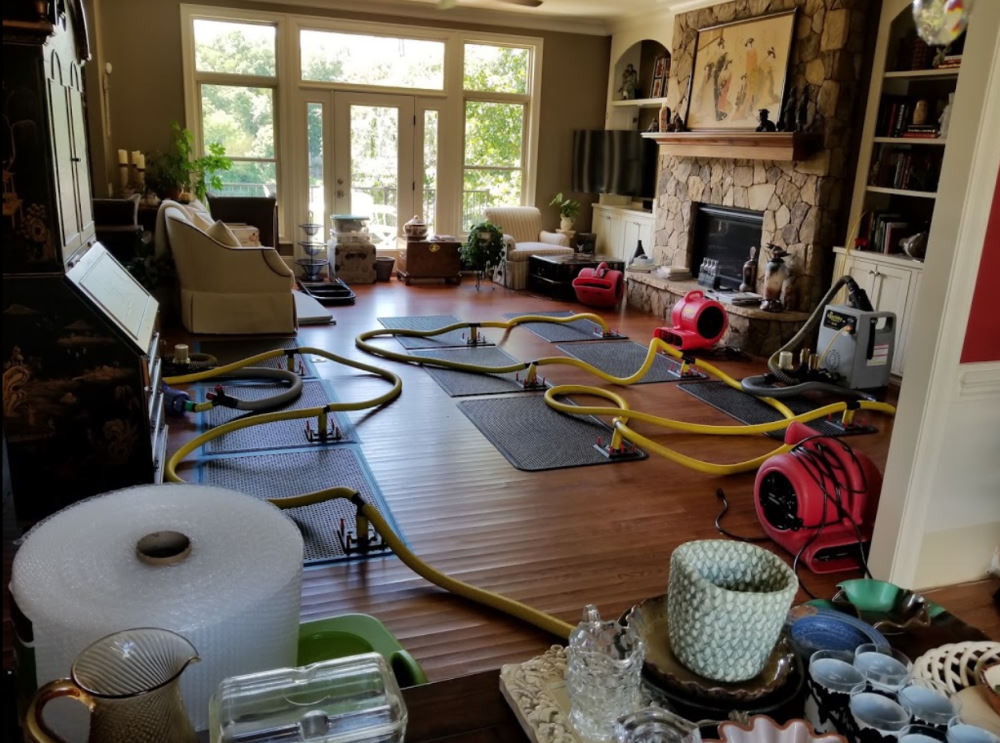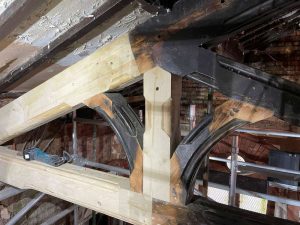Reviving Resiliences: A Guides to Water Restoration Techniques

Water restoration is an indispensable process in salvaging and revitalizing spaces affected by water damage. Whether it’s from flooding, leaks, or burst pipes, the aftermath can be daunting. However, with the right techniques and approaches, restoration experts can bring life back to waterlogged environments. In this guide, we delve into the essential strategies for effective Water restoration.
Firstly, swift action is paramount in water restoration. The longer water sits, the more extensive the damage becomes. Upon arrival at the scene, professionals initiate immediate extraction procedures to remove excess water. High-powered pumps and vacuums are employed to swiftly eliminate standing water, mitigating further harm to the structure.
Once excess water is removed, the focus shifts to drying the affected area thoroughly. Industrial-grade dehumidifiers and air movers are strategically placed to accelerate the drying process. This step is crucial in preventing mold growth and structural deterioration, ensuring a thorough water restoration.
In some cases, specialized equipment such as moisture meters and thermal imaging cameras are utilized to detect hidden pockets of moisture. These tools enable restoration teams to identify areas that require additional attention, guaranteeing comprehensive water restoration.
Moreover, restoration experts prioritize sanitation and disinfection to eliminate harmful contaminants carried by the water. Biocides and antimicrobial treatments are applied to surfaces to inhibit microbial growth and restore hygiene levels. This meticulous approach not only safeguards inhabitants but also promotes a healthier living environment post-restoration.
Furthermore, restoration professionals assess the extent of damage to determine the appropriate repairs and renovations needed. Damaged drywall, flooring, and insulation are replaced to restore structural integrity and aesthetic appeal. Through meticulous attention to detail, water restoration transforms ravaged spaces into revitalized environments.
Beyond the physical restoration, effective communication and documentation are integral aspects of the process. Restoration teams liaise with property owners and insurance providers, providing transparent updates and facilitating seamless claim procedures. Detailed documentation of the restoration process, including before-and-after assessments, ensures accountability and transparency throughout the restoration journey.
In conclusion, water restoration is a multifaceted process that demands precision, expertise, and dedication. By employing swift action, advanced equipment, and thorough methodologies, restoration professionals breathe life back into water-damaged spaces. From extraction to sanitation to renovation, every step is essential in achieving comprehensive water restoration. Embracing resilience and innovation, water restoration not only repairs but rejuvenates, restoring spaces to their former glory.




